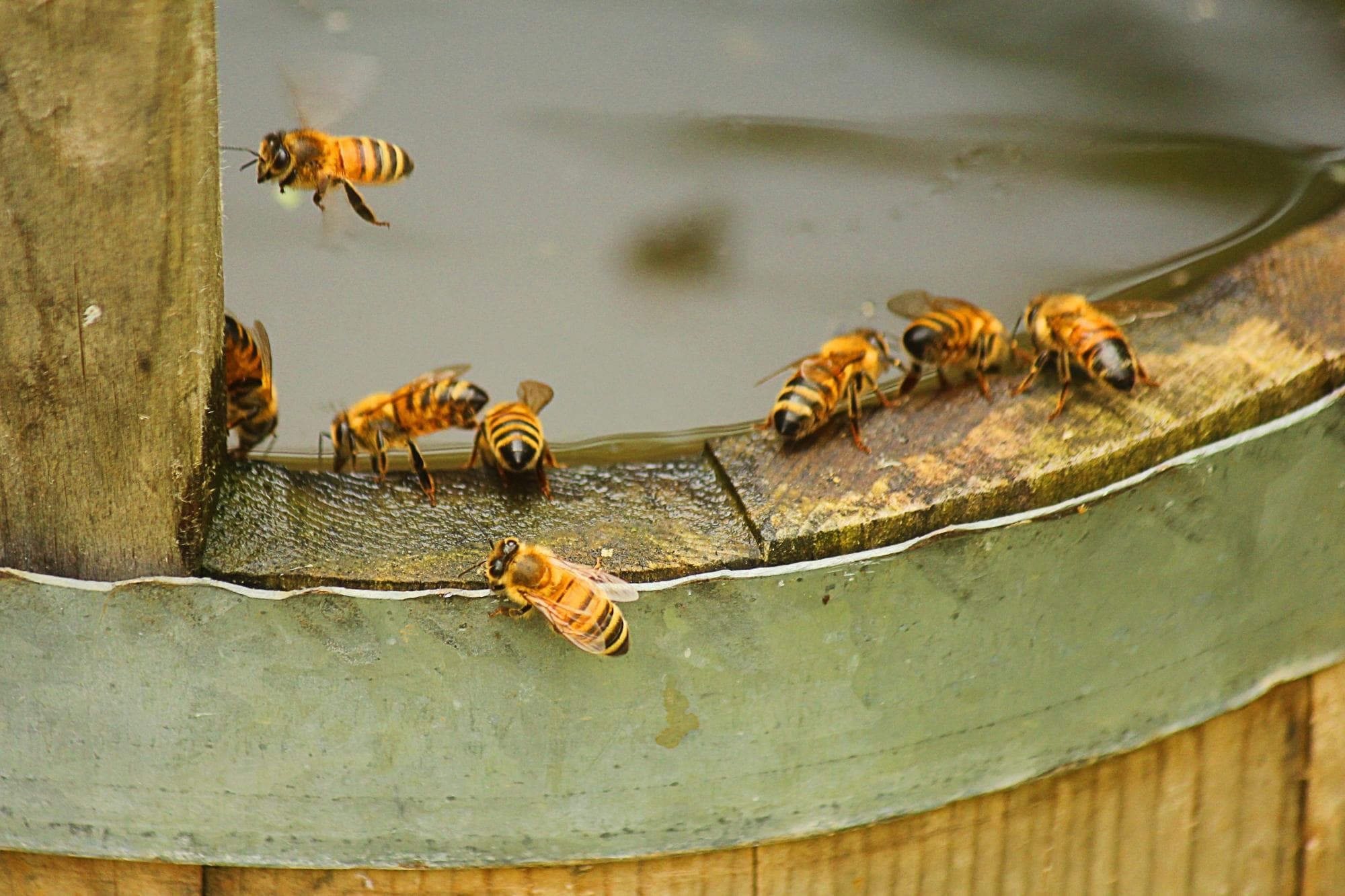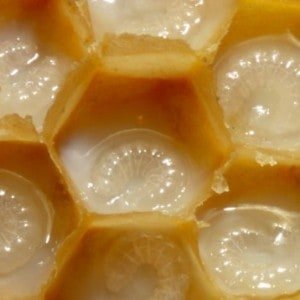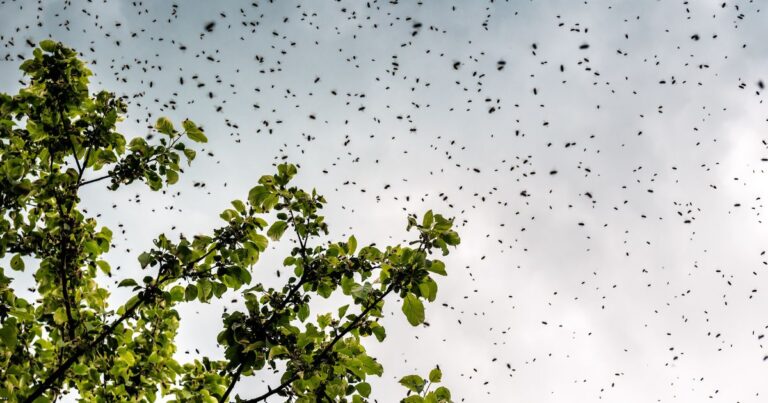Keeping Bees Cool
In warmer weather, let alone soaring temperatures, what’s the trick to keeping bees cool? How do bees stay cool in a hive?

Phew, it’s getting hot in here! If you’re a beekeeper (or just a bee lover in general), you might be wondering if there’s a trick to keeping bees cool on hot summer days.
I couldn’t sleep last night, could you? With the city hitting 40.8 degrees as late as 6pm, it’s no wonder why.
By 9:45pm last night, more than 12,000 customers were affected by power cuts across town. Today, Melburnians are in for another shocker, potentially the hottest since Black Saturday, one decade ago. Emergency services are urging us to take all of the necessary precautions: power down; look out for the frail, young and elderly; stay hydrated; keep cool.
But how do the bees of Australia fare on days like these? What’s the trick to keeping bees cool?
Luckily, bees are clever creatures, and work together to self-regulate the internal temperature of the bee colony through a variety of cooperative methods. The brood—or pre-adult bee life, including larvae and pupae—requires a very controlled temperature to survive and thrive.
Like many aspects of the bee life-cycle, honey bees have developed sophisticated methods to ensure that this temperature is maintained between 32°C and an optimal 35°C.
The method for maintaining this colony temperature is to fan the air out of the nest, or use evaporation cooling mechanisms, when the temperature is too high; when the mercury drops, honey bees generate metabolic heat by contracting and relaxing their flight muscles, uncoupling their wings: this process of vibration heats their muscles before flights; however, bees have cleverly taken this one step further, and maximised on their muscle warmth to thermoregulate their home.
Once optimal temperature is reached, strict thermo-control and stabilisation of this colony climate is achieved in various ways. The brood cells are capped with a seal of beeswax. To heat the cells, honey bees press their thoraces, or middle sections, down on the cell to transfer their own body heat to the pupae inside.
A “heater” bee, with a body temperature of around 43°C, can hold their position for up to 30 minutes, while other bees thickly pack the comb around it to keep the warmth in. Another intriguing method is for these same heated bees to actually occupy empty brood cells. Due to this intense process of heating their bodies to a high temperature, these special thermo-bees expend tremendous amounts of energy in the form of a highly-concentrated honey that is brought to them by other workers.
But what do the bees of Melbourne need from us today to help them stay happy and relaxed? Water! Make sure there is plenty of water available in your gardens for the bees, but also for the birds, dogs, cats, insects, possums, lizards, koalas, snakes and flying foxes (to name a few!). Water bowls on the ground for those on foot, and hanging bowls in the trees for our winged-friends, could help save the lives of many animals today.
Stay cool, bee lovers!


